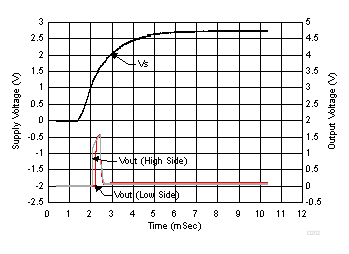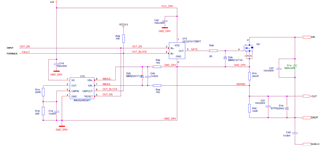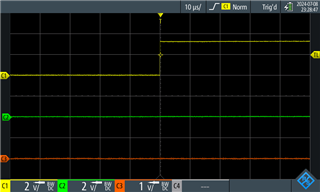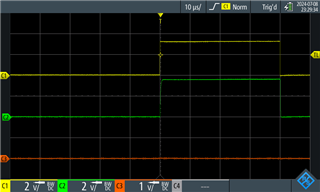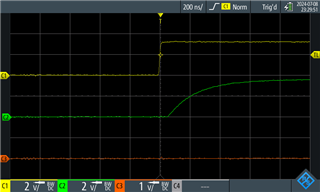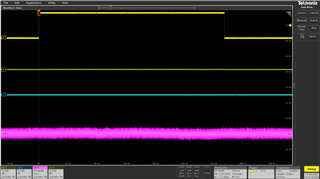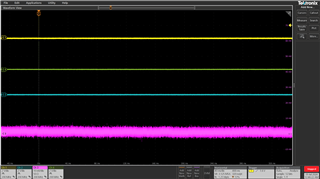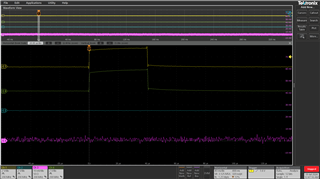Other Parts Discussed in Thread: INA310B
Tool/software:
Recently, we have a high number of digital output modules failing during a functional test at high temperatures.
The cause was determined to be a faulty function of the INA202 at high temperature (INA202AIDGKT).
Output is tripped out when switching the output (to zero load) above 70°C approx.
(There is a high side digital out with overcurrent protection with INA202.
During switch-on, the overcurrent protection is activated even though the load and external voltage is not connected).
We are trying to collect more data about this phenomenon.
During the optical inspection of the modules, we discovered a different package marking technology on the devices soldered on new modules.
In the first problematic batch of modules, the devices has number "28" on the case. Now we also have the problematic devices with number "34".
On older batches of modules, the number on the device case is "97", and there have never been any problems with them (or very rarely).
Here is the marking comparison between "97" and "28". Marking technology of "34" (I have no photo yet) is similar to "28".
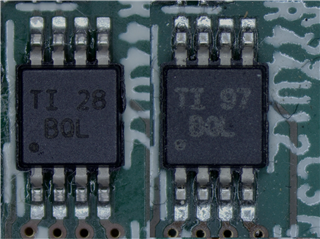
We need help in determining the root cause of the problem.


